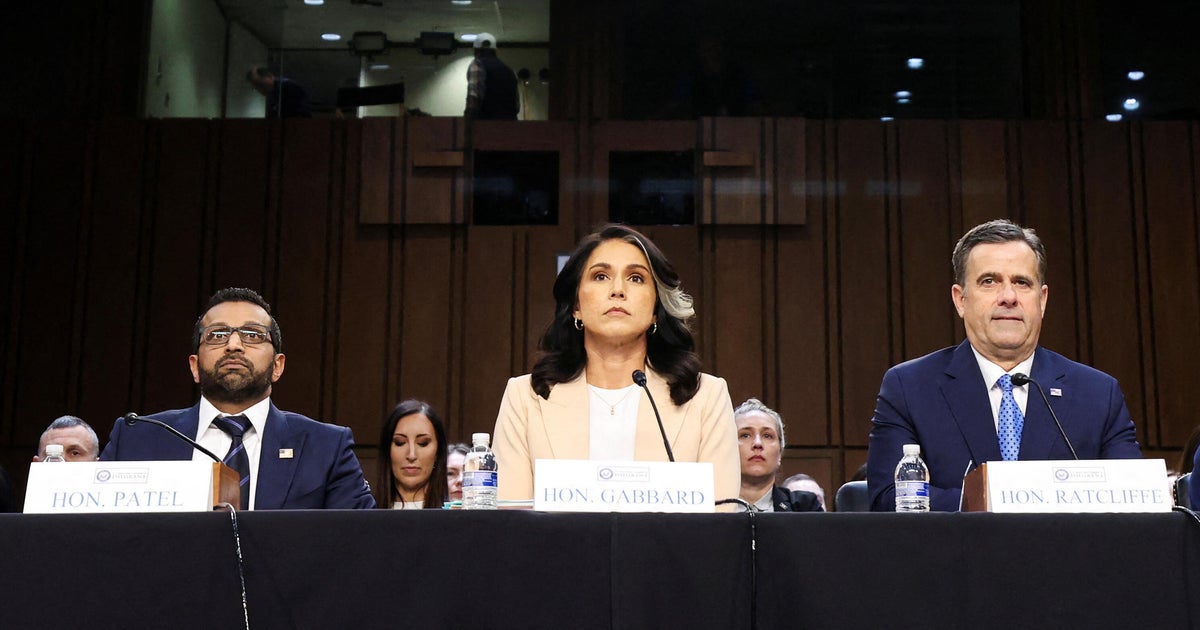Israel had a long, partially unclaimed history of assassinations and secret operations before the exploding pagers
TEL AVIV, Israel — The recent attacks targeting Hezbollah members with exploding pagers and walkie-talkies in Lebanon may seem to be the stuff of spy novels, but the impact and implications of the complex operations blamed on Israel are very real. Lebanese officials said at least 30 people were killed and some 3,000 wounded by the explosions on Sept. 17-18, and the chief of Hezbollah acknowledged that the Iran-backed militant group had taken a serious blow.
While Israel has not claimed responsibility, the complex attacks appear to bear the fingerprints of the country's foreign intelligence agency. The extent of Hezbollah's retaliation for what its leader, Hassan Nasrallah, called an Israeli declaration of war could determine whether there is an actual full-scale war between the two bitter foes.
Ten days later, Nasrallah himself was killed in a massive Israeli airstrike targeting Hezbollah's headquarters in a southern suburb of Beirut, where Israel said "Hezbollah's senior chain of command were operating ... and advancing terrorist activities against the citizens of the State of Israel." An Israeli military official said real-time intelligence on an operational opportunity allowed them to carry out the strike.
Below is a look at the Mossad's long, albeit partially unclaimed history of attacking Israel's enemies with everything from car bombs to malware. The deaths of numerous high-profile figures in the region have been attributed to Israel over the last two decades alone:
- Top Hezbollah military commander Fuad Shukr was killed in Beirut just hours before Hamas' longtime political chief Ismail Haniyeh was killed in Iran's capital on July 31. The Hamas leader was killed in what Iranian officials called an Israeli "hit" in Tehran after he attended the funeral of the country's former president, who died in a helicopter crash. Few details of the targeted strike have ever been confirmed. Israel acknowledged killing Shukr, but has never publicly claimed Haniyeh's assassination, though U.S. officials told CBS News the assessment was that Israel was behind both killings.
- Israel claimed the killing of senior Hamas military commander Mohammed Deif in a strike in Gaza on July 12. Health officials in Gaza said the strike killed 90 people, including civilians.
- In late 2020, a remote-operated machine gun mounted on a pick-up truck killed Iran's top nuclear scientist, Mohsen Fakhrizadeh, in an assassination Iran blamed on Israel.
- Ahmad Jabari, a previous head of Hamas' armed wing, was killed in an airstrike on his car in 2012, triggering an eight-day war between Israel and Hamas.
- In 2010, United Arab Emirates police accused Mossad agents of suffocating senior Hamas operative Mahmoud al-Mabhouh to death in a luxury hotel room in Dubai.
- Hezbollah's then-military chief Imad Mughniyeh was killed by a car bomb in Damascus in 2008, apparently in an operation planned by the Mossad and the CIA.
- One of Hamas' founders, Ahmed Yassin, was killed in an Israeli helicopter strike in 2004 as he was pushed in his wheelchair down a street in Gaza City.
Some of Israel's highest profile operations have not involved conventional weapons or explosives.
In 2018, Mossad agents infiltrated a warehouse and stole the plans for Iran's secretive nuclear program. Israeli Prime Minister Benjamin Netanyahu revealed them to the world in a press conference, saying "Iran lied, big time" about not trying to obtain nuclear weapons and urging then-President Donald Trump to withdraw from the international nuclear agreement negotiated by his predecessor.
Trump unilaterally pulled the U.S. out of the international agreement the following month, to the frustration of the other nations with whom it had been negotiated.
In perhaps the most infamous unconventional attack prior to this week, Israeli and American intelligence agencies planted the Stuxnet computer virus — a so-called cyber worm — into centrifuges enriching uranium at Iran's Natanz facility. As "60 Minutes reported several years later, it was an attack that demonstrated for the first time the capacity for a cyberattack to inflict significant physical damage on a facility.






